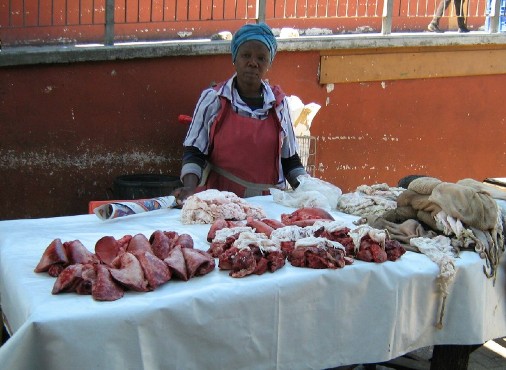Submitted to the Inord Working Paper Series, June 30, 2000
Jennifer Keck, Ph.D. Associate Professor – School of Social Work
Mary Powell, Ph.D. Associate Professor – Department of Political Science
Laurentian University, Sudbury, Ontario
While there was little publicity about the issue, sexual harassment was another reminder that the women were ‘different’ workers. Sexual harassment demonstrates the complex relationship between sexuality and the paid workplace and is one of the ways men used sexuality to maintain masculine dominance in the workplace. Harassment took many forms. Sometimes it involved foremen or shift bosses. One woman was assigned extra work shovelling asphalt after she refused the invitation to go to her foreman’s camp after work.
Another woman described a more threatening situation that involved a shift supervisor: “he would say to me, okay come with me and he would take another guy and bring us to this god forsaken place where no-one’s ever going to work there because it’s full of dust and muck and he’d say, oh, I forgot to get the tools and he’d send the guy down, then he’s left alone with me and he’d try rubbing his private area against my knee and I told him, if he appreciates talking in a deep tone he wouldn’t do it ever again. But then he tried calling me at home and asking me if I would meet him and I told him I’m not desperate for company and that I don’t sleep with a pig.”
While sexual harassment by supervisors was serious because management had more control over the women’s working conditions, women often found it difficult to deal with harassment by co-workers. This was a contentious issue with both men and women. Part of the problem was that masculine work culture was already highly sexualized before the women entered the workplace.



























